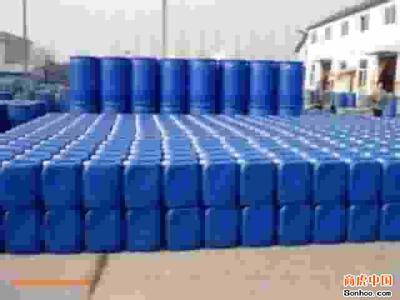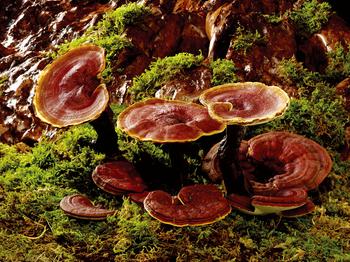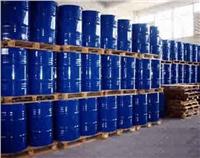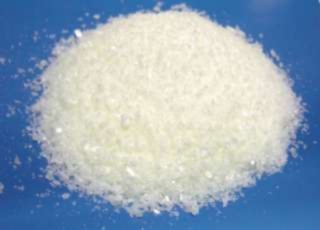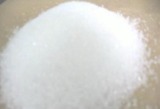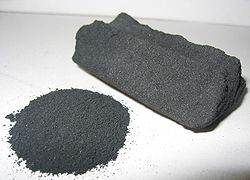- Basic Chemicals
- Medicine raw material
- Food Additives
- Amino Acid
- Acetyl l-tyrosine
- Arginine ketoisocaproate
- Beta alanine
- L-Cystine
- Plant Isolation
- Activated carbon
- CLOTH
- Medical Device
L-Cystine
- Product Numbers: 2014070006
- Price: US $
- Product description: Cystine is the amino acid formed by the oxidation of two cysteine molecules that covalently link via a disulfide bond. This organosulfur compound has the formula (SCH2CH(NH2)CO2H)2. It is a white solid that is slightly soluble in water. Human hair and skin contain approximately 10-14% cystine by mass. It was discovered in 1810 by William Hyde Wollaston but was not recognized as being derived of proteins until it was isolated from the horn of a cow in 1899.

Properties and nutritional aspects
Disulfide bonding, along with hydrogen bonding and hydrophobic interactions is partially responsible for the formation of the gluten matrix in bread.[2]
The disulfide link is readily reduced to give the corresponding thiol cysteine. Typical thiols for this reaction ismercaptoethanol and dithiothreitol:
(SCH2CH(NH2)CO2H)2 + 2 RSH → 2 HSCH2CH(NH2)CO2H + RSSRBecause of the facility of the thiol-disulfide exchange, the nutritional benefits and sources of cystine are identical to those for the more-common cysteine. Disulfide bonds cleave more rapidly at higher temperatures.[3]
Cystine-based disorders
The presence of cystine in urine is often indicative of amino acid reabsorption defects. Cystinuria has been reported to occur in dogs.[4] In humans the excretion of high levels of cystine crystals can be indicative of cystinosis, a rare genetic disease.
Cystine formation reaction
The cystine formation reaction starting from cysteine is the following one:
The reaction starts with two cysteine molecules. When the reaction has finished, it produces a cystine molecule and also 2 protons (H+) and 2 electrons (e-), due to the disulfide bond that is formed between the two sulfurs of the two cysteines. [5]
Biological transport[edit]
Cystine serves as a substrate for the cystine-glutamate antiporter. This transport system, which is highly specific for cystine and glutamate, is used to increase the concentration of cystine inside the cell. In this system, the anionic form of cystine is transported in exchange for glutamate. Cystine is quickly reduced to cysteine.[citation needed] Cysteine prodrugs, e.g.acetylcysteine, increase glutamate release into the extracellular space.

